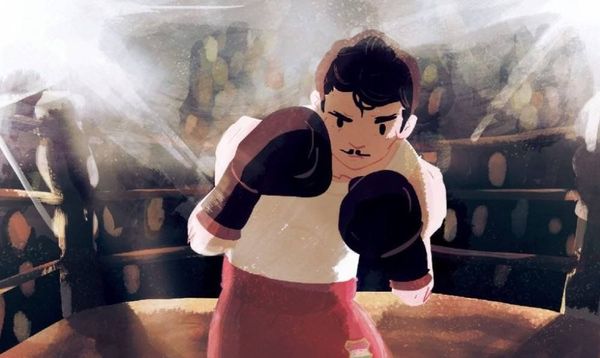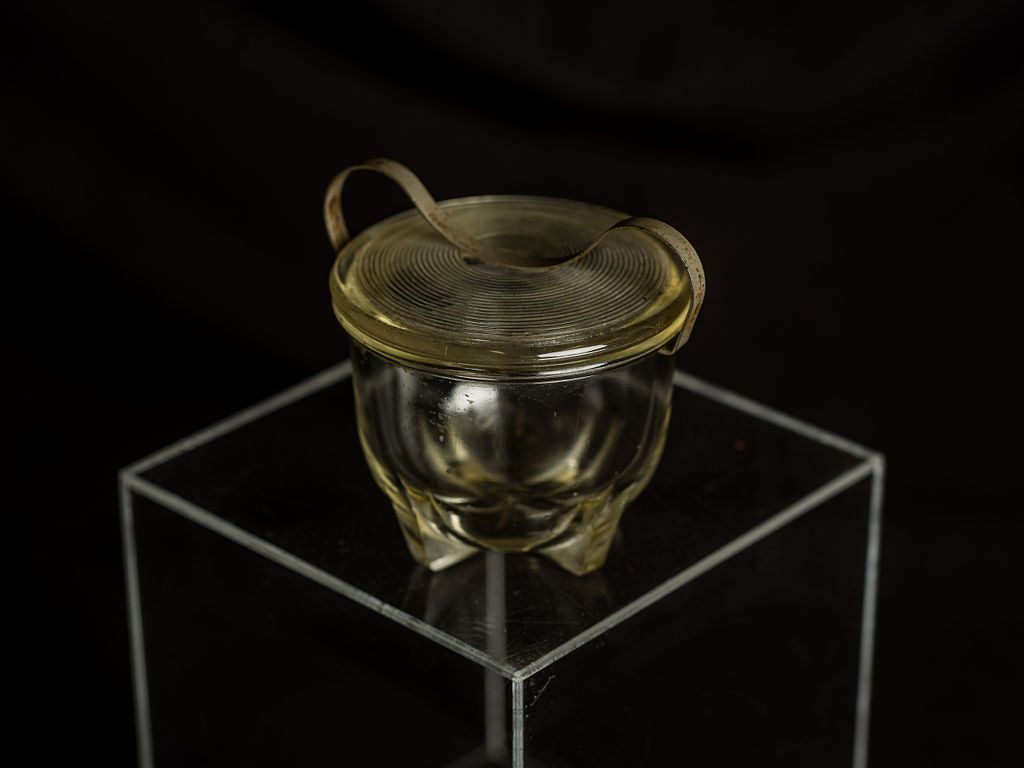In the Collection of Contemporary Material Culture of the Hungarian National Museum, we can find almost everything from ideological memorabilia to milk pourer and Fecske cigarettes, which were specialties in the material culture of the past century, or on the contrary, were the most commonplace objects on the shelves of shops or in the kitchens of our parents and grandparents. But can we and should we really keep everything? We spoke with Klára Kuti, museologist at the Hungarian National Museum, about our relationship with things and time, the object-tsunami of the last 30 years and the challenges of museum collections.
You are responsible for the Collection of Contemporary Material Culture of the Hungarian National Museum, by name the Collection of Miscellaneous Utensils and Articles of Personal Use II, The Contemporary Glass and Ceramics Collection II and the Contemporary Furniture and Furnishing Collections. What’s the story behind these collections? What has been the collection strategy of the museum over the past decades?
The idea of a museum collection devoted to the party’s history emerged in 1949, which was first established as a separate institution called the Museum of Contemporary History (later known as the Museum of Hungarian Labor Movement) in 1955, and its material provides the basis of the collections I manage. The ideological objects collection intended to document a present that the communist ideology wanted to create. The Hungarian Socialist Workers’ Party turned to the Soviet Republic, which existed forty years before, intending to develop its reference identity, thus, for example, the collection is full of glass and ceramic objects made for the anniversary, but the collection also includes vases with Rákosi’s portrait and objects of János Kádár. In addition, objects that had become useless for the working classes living in the settlements that benefited from the industrialization: earthenware pots, mortars, wooden household objects… looking at this part of the repository, you could think you were in the Ethnographic Museum.
From the seventies onwards, research into the working-class lifestyle and the collection of its material traces intensifies. The museum starts to collect workers’ culture, for example, the complete household of a three-generation family, which, on a closer look, reveals more about middle-class taste than about the material culture of the workers. In this period, the prevailing view is that social class determines the lifestyle and its items. They collect the object palettes of the peasant, bourgeois and working classes—it seems like an object has its place in the collection before it even gets there.
As if the collection were a puzzle and the museum was looking for the missing pieces.

Once they are in the collection, it is as if they were not organized by social class, but by object type… for example, several coffee makers of different styles and ages line up next to each other on the shelves of the repository.
This goes back to the idea that we can only discover the essence of an object type if we get to know all its variations. That is why the collection contains incredibly long sequences of certain objects. At the time, people believed that if you collected many variations of an object type, that would lead you to the perfect coffee machine or coffee grinder. For a long time, objects were treated like it almost didn’t matter to whom they belonged or how they were used; the point was to incorporate the type into this object universe that underpins the theory of development.
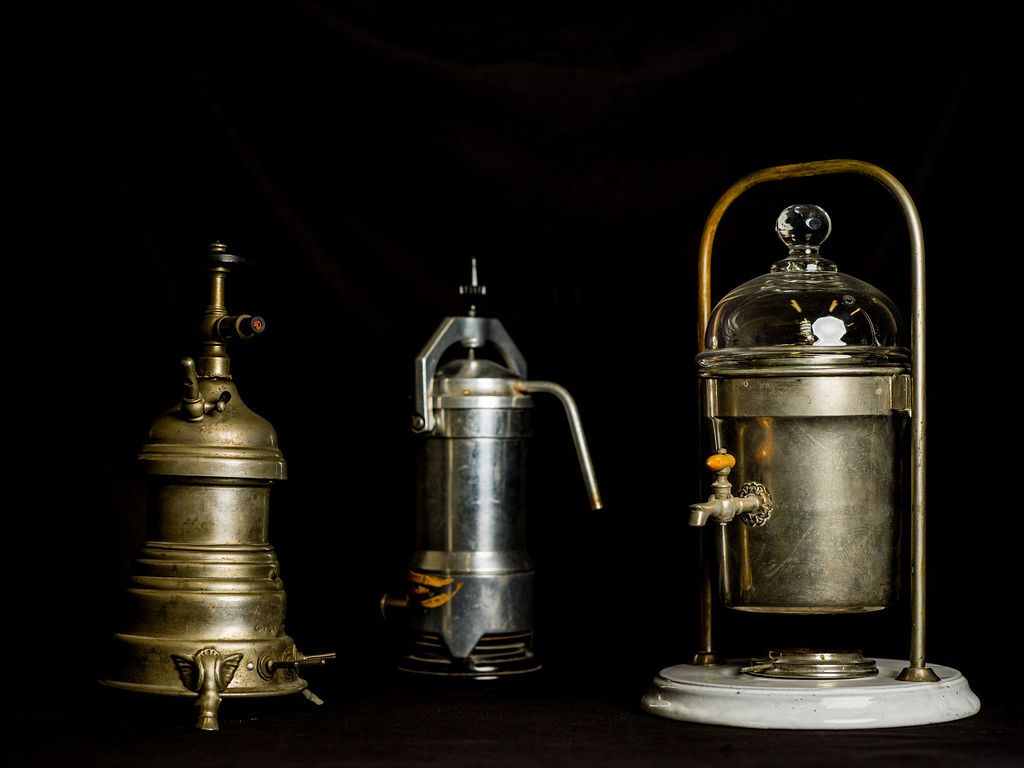
How does our relationship to objects change with the increase in consumption during the change of regime? What does the collection tell us about this?
At the end of the nineties, there comes a turning point: as if the pursuit of systematic order is ceasing, objects start to pour in. This can only be understood in the context of the regime change and the fact that the attractive and almost commanding power of consumption also appears in society in addition to the multitude of objects. Contributors respond to this by donating the things they still have to the collection.
Thus, the collection is not so much about preserving objects but about time and our relationship to time. The museum begins to document the lost past and the uncertain future at the same time and accepts objects with panic and fear, saying that what is in the museum is safe.
Where did this intense need to save objects come from at that time? Did the ordinary man want to preserve the things or the museum?
The collection is a complex entity; the donors, the museologist and the institution are all responsible for its content. Most of the items included in the last thirty years came from donors who are either directly or indirectly, through their acquaintances, linked to the museum. Mostly from Budapest and to a lesser extent from the countryside, donors offered items they no longer needed.
In the case of historical collections, objects often balance on the border of being condemned to the garbage or the museum at the moment of their death sentence.
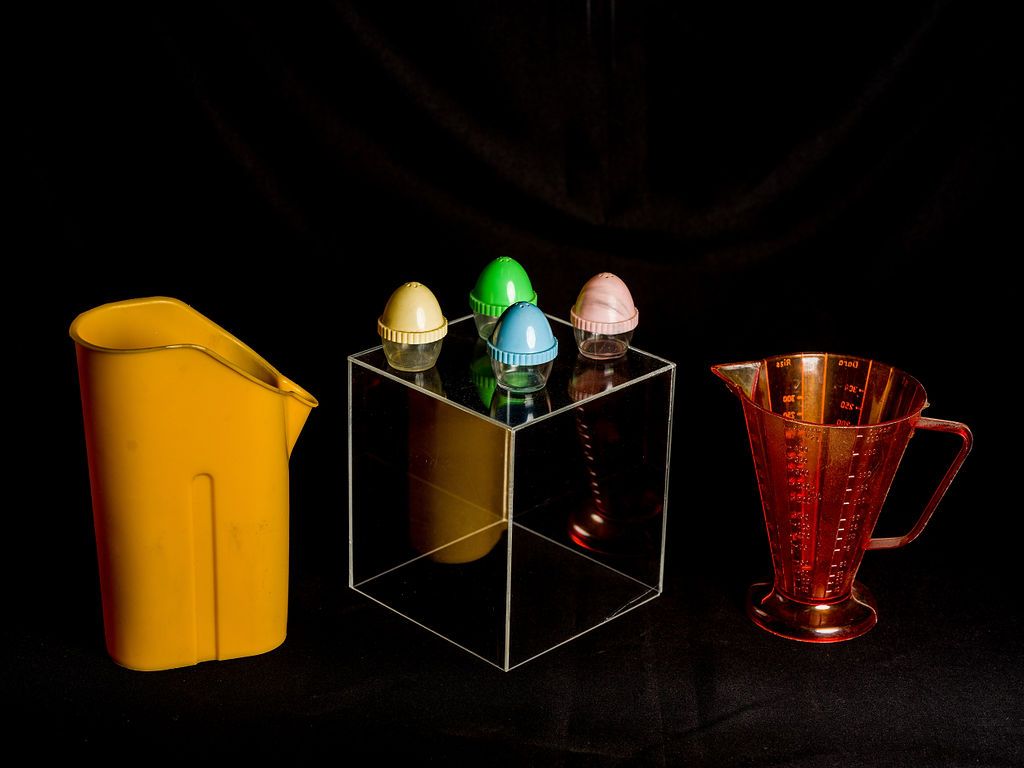
Several objects ended up in the museum that, at first glance, you wouldn’t think belonged here: unopened tins, detergents, medicines lined up on the shelves. Can these be preserved? Why keep them at all?
Preventive conservation is a complex task that involves protecting objects not only from the external environment but also from each other. At the same time, it is challenging to draw the line between preserving something just for its packaging or also for its contents. In the case of decorative metal or wooden boxes, it seems clear that we keep them because of the packaging, but for example, a product with not very old paper packaging raises the question: should we guard something that we can buy in the shop today?
If the packaging comes with the contents, the dilemma of how to store organic materials becomes a real issue. The collection includes a contraceptive which, as the packaging indicates, should have been taken according to the days of the period, but it is easy to tell from the packaging that the owner did not use it as intended. Another fascinating example is the pre-war unopened twelve-pack of cologne, most of which has disappeared over time. The institution could decide to dispose of the organic materials for safety reasons and keep only the contraceptive holder or the cleaned cologne bottles, but then it would be leaving behind the very history of the use of the objects.
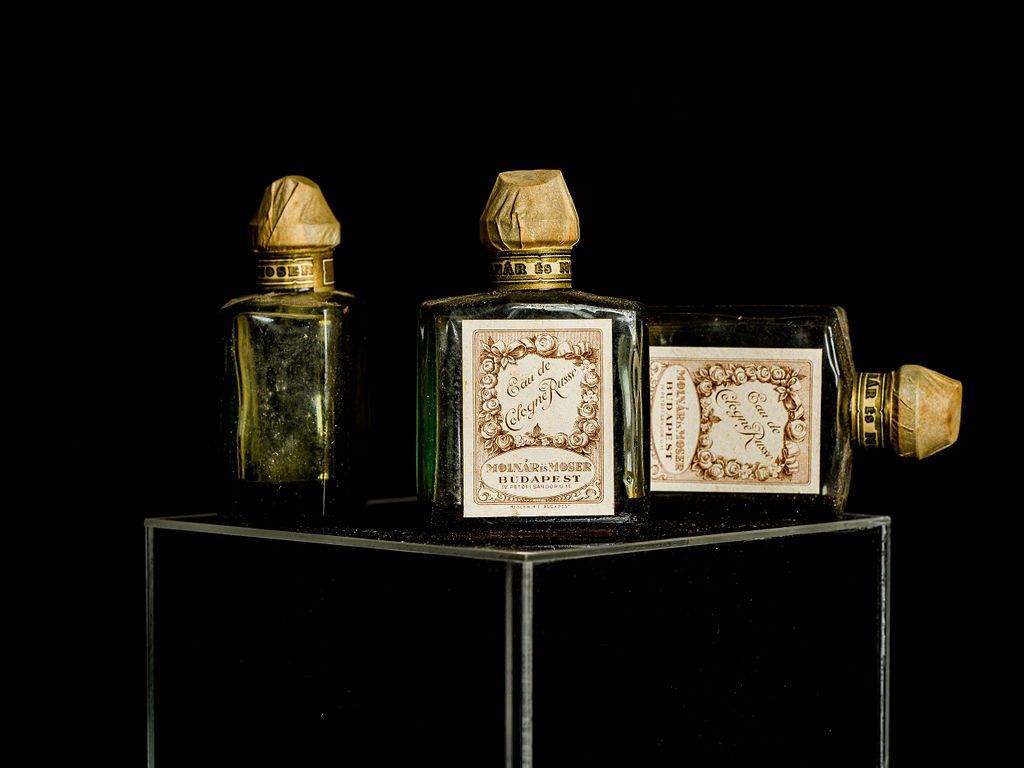
The collection includes everything from paper advertising bags to a Coca-Cola bottle with the 2016 European Football Championship logo to objects initially intended to be thrown away rather than treasured, representing a small reflection of everyday life in consumer society. What do these objects tell us about the collection?
Over the past twenty years, the collection has been searching for lost time, so it has included everyday objects that everyone had or—in another interpretation—that anyone could have had. Their presence reflects the theory, popular in the nineties, that everything could still be collected, but today we have to admit that this is not possible. Some museums in Western Europe have already recognized this and have begun to probe contemporary object culture according to specific strategies, such as collecting only objects linked to socio-political topicalities (such as the Rapid Response Collecting at the V&A in London—the Ed.) or perhaps items from a symbolic day in the life of a country. For our collection, it is still a question of what strategy we can develop that is connected to the past and sustainable at the same time.
The peculiarity of this collection is the relation to time, which is reflected in the objects—we have to grasp with the pieces of the collection what people’s relation to the past and the future is like now.
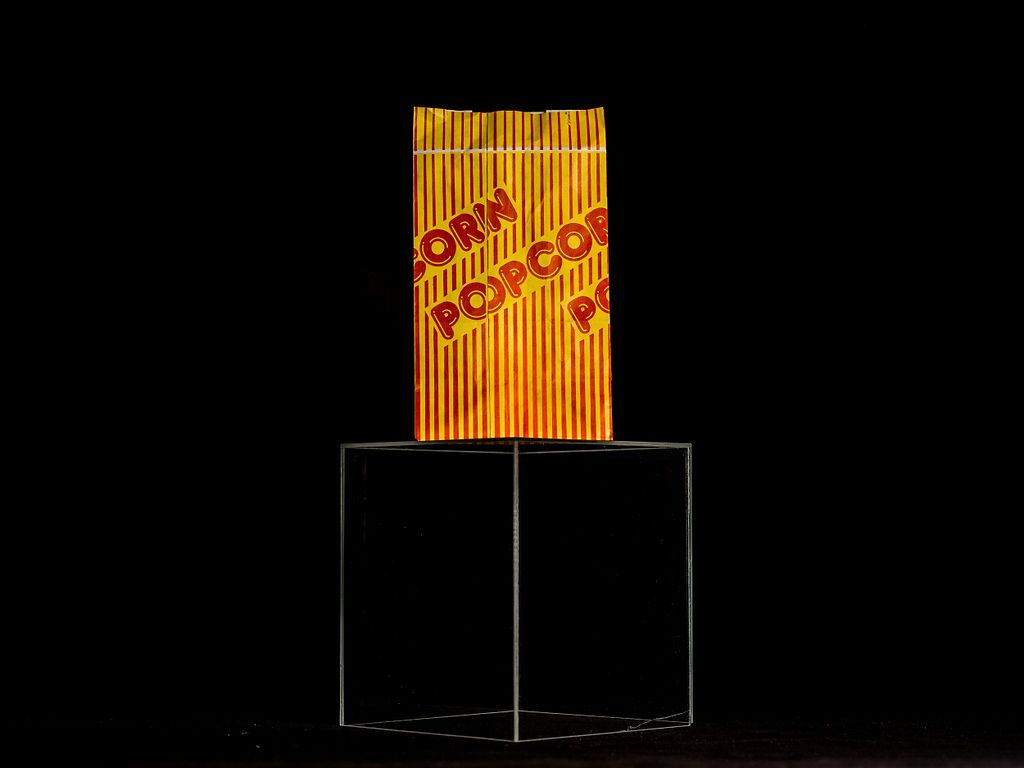
Of all the objects in the Hungarian National Museum, the ones I have just mentioned are perhaps less well-known, while the collections that you manage seem to be the ones to which today’s visitors can relate most strongly through personal experience. Is it likely that a representative selection of the collection will be made available to the general public in the near future, even in the context of an exhibition?
When I post an object from the collection on Instagram or write the series #raktárszerda on Facebook, the posts really provoke a strong social reaction, as the objects presented are part of the living memory of today’s generations. The youngest know them primarily from their parents’ or grandparents’ households, while others know them from their own. Instead of using the long description of the collections I manage, I call them mixed collections of the present, and by the present, I do not mean a period boundary linked to a year, but objects that are accessible to the memory of the present. It covers a period of about three generations. In my reading, this collection is a collection of memory, but the living memory of today’s generations is not currently part of the exhibition policy palette of domestic museums—there are few museums that can take on the task of confronting the memory of the present generation. This collection needs a few more years to show itself, while the groups and activities in social media show that people would like to talk about these objects and periods, to share their own memories.
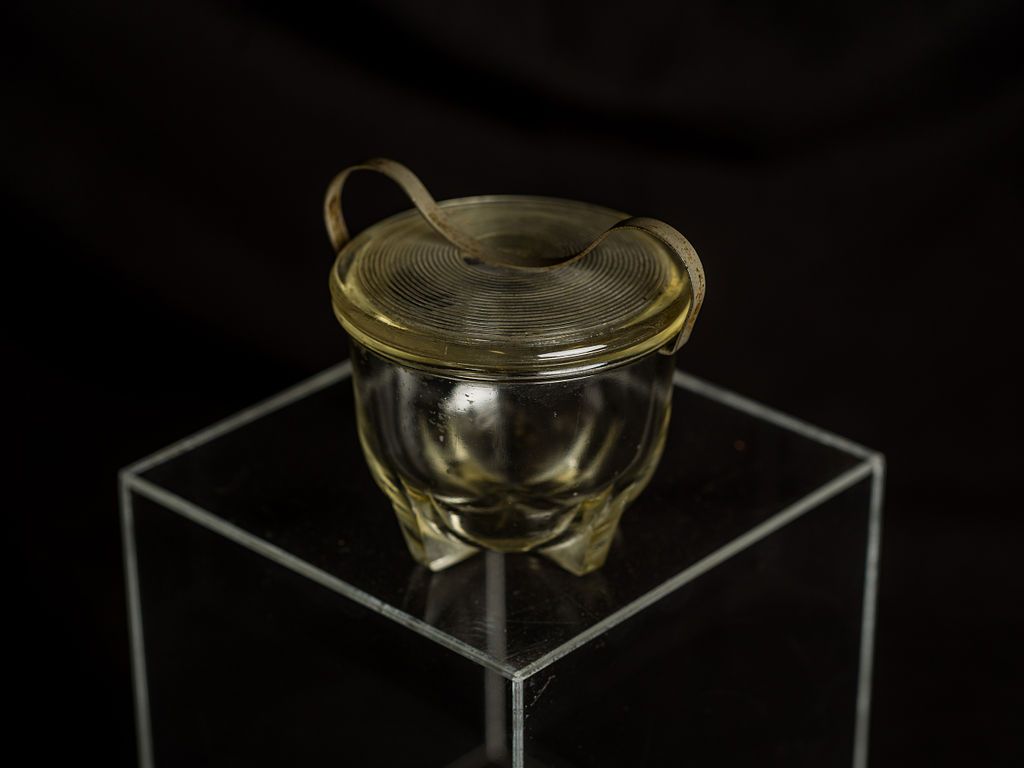
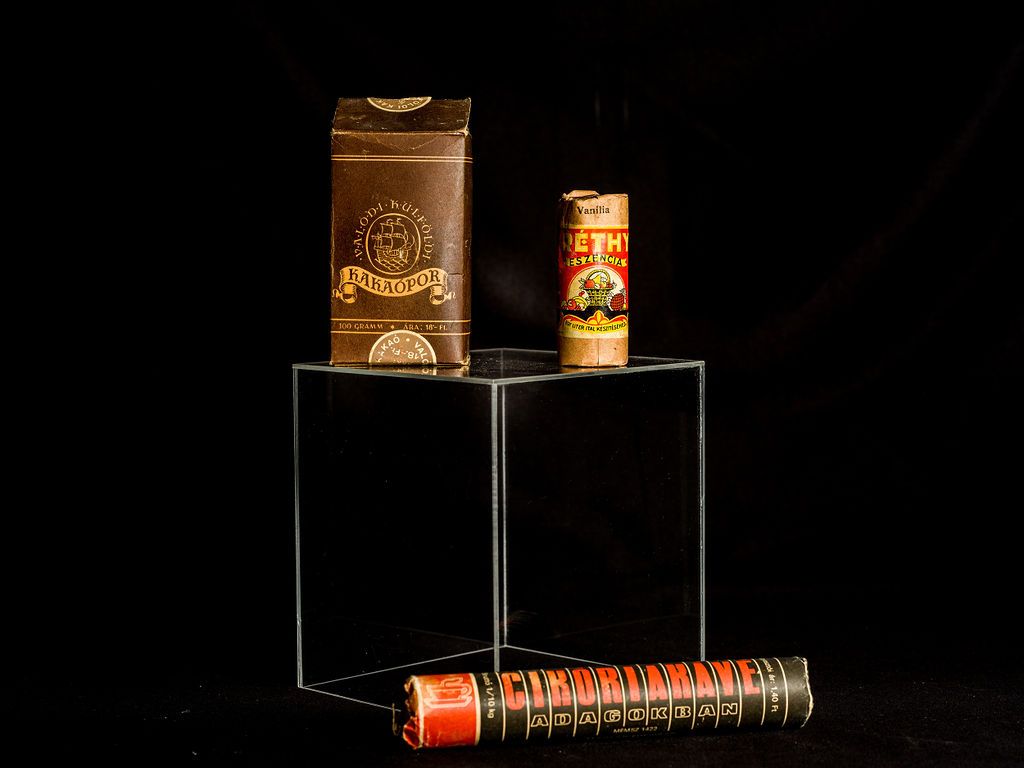
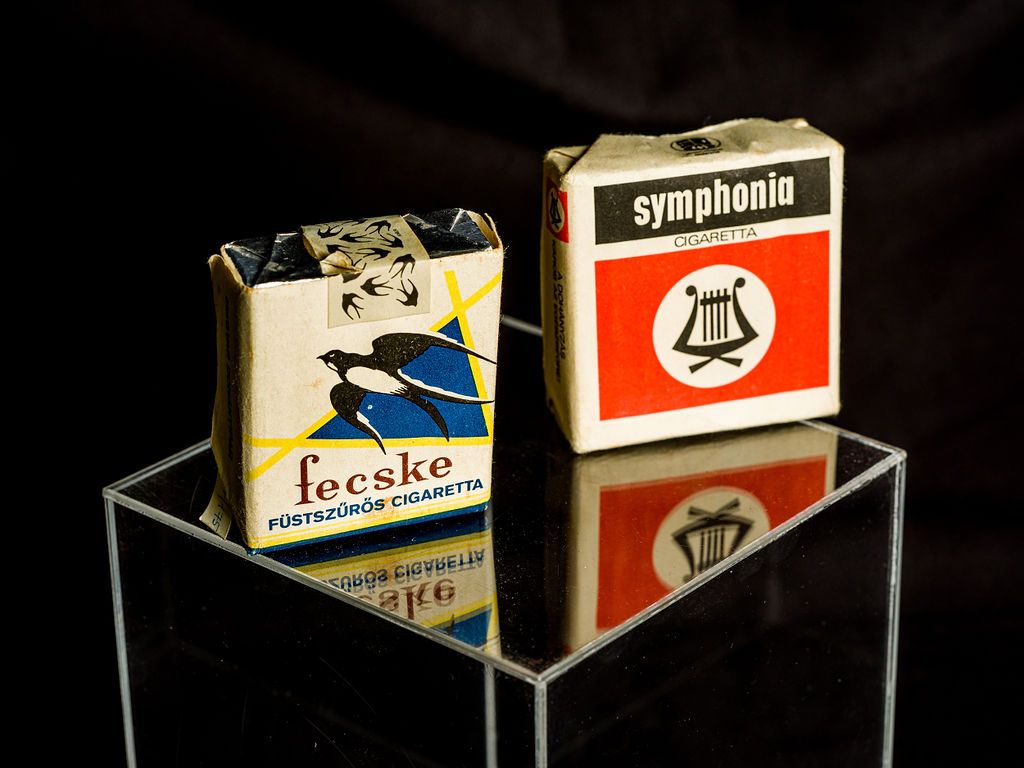
Photo: László Sebestyén
Hungarian National Museum | Web | Facebook | Instagram
Minden Megvan | Instagram
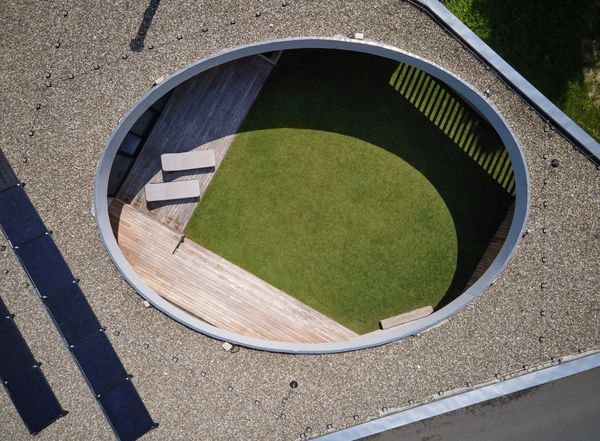
Modern transcription of ancient atrium houses from the Czech Republic

Winter is coming—The energy strategy of our region I.
